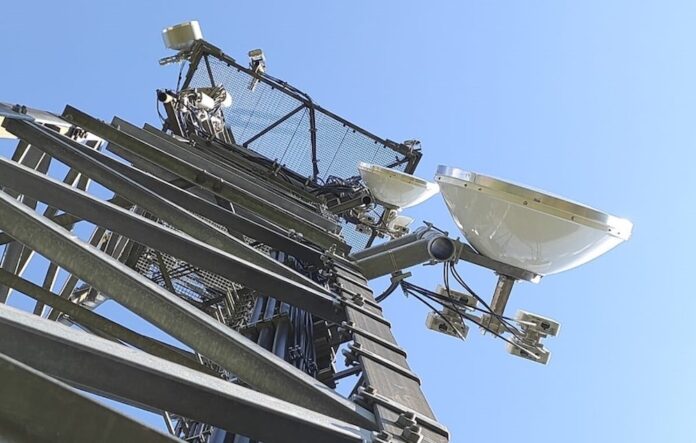Bifurcation stifles innovation
Ericsson has briefed the UK press and analysts about the two big issues of the day, climate change and the shortage of Open RAN technology. It sounds like Net Zero will be a lot easier to achieve than reaching an Open RAN standard.
In the more immediate priority, the climate apocalypse, Ericsson will use Mobile World Congress 2023 Barcelona to showcase ten new solutions to global warming. The new efficient networking kit will cut carbon emissions and site footprint, increase energy performance and boost network capacity. Meanwhile at a briefing in London last week, Ericsson indicated that Open RAN was unlikely to be a significant option until the end of this decade.
Ericsson’s remote radios for 4G and 5G capacity are led by the triple-band Radio 4485 for FDD (frequency-division duplexing), which is 53% lighter and consumes 22% less energy than comparable products. New dual and single-band radios have also been launched. There’s also a new range of wideband Massive MIMO radios, spearheaded by the ultra-wideband AIR 6476, which provides 600MHz instantaneous bandwidth that doubles capacity without additional antenna footprint and enhances user experience.
Software features such as Interference Sensing will optimise mid-band Massive MIMO performance by minimising inter-cell interference and increasing network capacity by up to 40 percent. The updated portfolio includes new mobile transport offerings. The new quad microwave radio MINI-LINK 6321, with 4.8 Gbps capacity, is aimed at making RAN evolution options easier for service providers. The offering has around 50 percent smaller site footprint and energy consumption than the previous alternative for building a four-carrier MINI-LINK hop.
Meanwhile, Open RAN is not an immediate priority for equipment maker Ericsson, according to Fredrik Jejdling, manager of the networking business which creates 70% of Ericsson’s revenue. By the end of this decade Open RAN will account for ‘about a fifth of RAN market sales’ Jeidling told Light Reading analyst Iain Morris on a visit to London last week. There is a huge integration challenge for this industry that is out of the hands of Ericsson and indeed Nokia, it’s peer. The problem is ‘bifurcation’ – the curse of the standards business. The O-RAN Alliance needs to show greater harmonisation with the 3GPP, the international umbrella group for mobile standards. “We want to avoid bifurcation or trifurcation of these interfaces because then the whole premise for scalability for the overall industry is going to be reduced,” said Jejdling.
You would have thought that standards bodies could put their differences behind them!
“We want to make sure we can build high performance and drive cost efficiency for our customers,” said Jejdling. “High performance for me is producing the lowest cost per bit. We need to secure that requirement because otherwise we are not going to be relevant.”
Nokia CEO Tommi Uitto has registered the same complaint about vendors having too many different implementation options. “The standard is too open,” Uitto said in June 2022. Why should Ericsson spend $4.5 billion on research and development to compete in an arena whose proprietors can’t agree on a name, let alone get the goalposts straightened and the pitch marked out clearly.
John Baker, the senior vice president of business development for Mavenir, complained on a recent Telecoms.com podcast that Ericsson does not even define open RAN to mean a multivendor deployment. Still, Ericsson made 14% of all contributions to the O-RAN Alliance between 2021 and the end of 2022 and only Nokia contributed more, at 17%.
Open RAN is struggling to live up to its billing as the RAN Maker, Appledore Research principal analyst Francis Haysom has told Telcom TV. The mentor of innovation in the radio access network cannot with necessity, the true mother of invention, when the incumbent vendors need Open RAN less than they can use the convenience of a traditional, integrated systems that does everything a demanding client wants from its mobile network.
Despite this bleak reality check, the analyst thinks the disaggregated design will eventually become a sign of civility in a maturing market. One days there will be a multivendor network where every vendor pus their own need for instant gratification to one side in favour of the common good.


